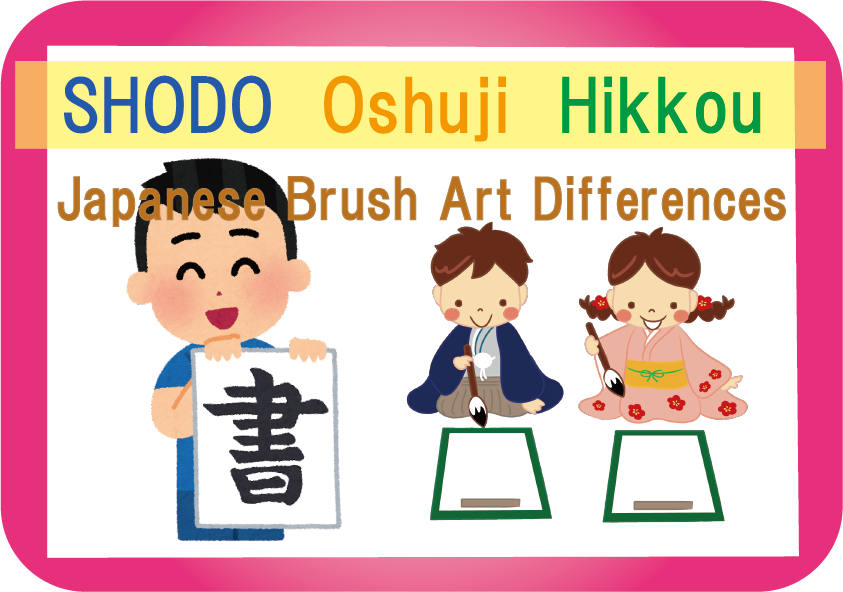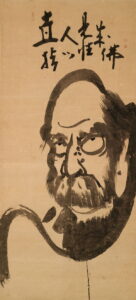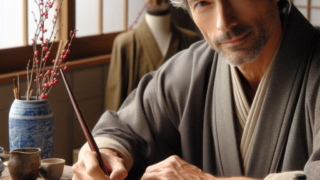目次
Understanding the Differences: SHODO, Oshuji, and Hikkou
Hello. As someone involved in SHODO,
I would like to help you understand the differences between
“SHODO,” “Oshuji,” and “Hikkou,”
which are often confused.
What is SHODO?
SHODO is the comprehensive art of writing characters using ink and brush.
It’s not simply about writing characters,
but an artistic endeavor that expresses one’s heart and sensitivity.
It can be said to be a profound world where one accumulates
years of training to enhance both technique and spirituality.
The Decisive Difference from Oshuji
Oshuji refers to the basic practice done
when one has just started learning SHODO.
It refers to the stage of learning how to draw lines,
how to write strokes, and memorizing basic character forms.
Actually, for people who seriously practice SHODO,
being asked “Did you do Oshuji?”
is not very pleasant.
I think SHODO practitioners can relate to this,
but it makes one feel as if the techniques and artistry
accumulated over many years are being underestimated.
Of course, I understand that ordinary people
don’t say this with malicious intent.
However, as a sign of respect for those who
seriously engage in SHODO,
I would be happy if you could know this difference.
Hikkou as Specialized Technique
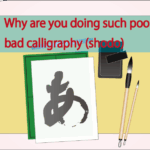
Hikkou is a specialized technique
that writes practical characters according to established formats
based on SHODO techniques.
It can be said to be the field that handles the practical aspect of SHODO,
writing beautiful characters on gift wrapping paper,
envelopes, certificates, etc.
Hikkou “Kakite” (Writers) and Their Technical Levels
In Hikkou, people who write characters for certificates
and such are called “Kakite” (writers).
Basically, those who have deeply practiced SHODO
and accumulated years of experience are considered more skilled.
In Hikkou, writing formal characters is basic.
Since it’s for gifts and certificates,
there aren’t many people who write manga-like characters.
The world of Hikkou is extremely strict.
Failure is not allowed no matter what commission comes.
Since perfect work must be completed on the spot,
considerable technique and experience are required.
Experienced Hikkou specialists
write everything at once with a calm expression when they receive a commission.
Their high level of technique is truly amazing.
Indeed, the technique of those who have done large quantities
in any field is exceptional.
Technical Differences are Clear
Even in Hikkou, works by those with shallow experience
inevitably have poor balance
and can be bothersome to look at.
This is the same in any world,
but there certainly exist people who don’t improve
no matter how much they practice.
About the Skill Differences Among Writers
These writers also vary greatly,
with people who are poor despite long practice,
and people who are incredibly skilled despite short-term study.
Those with SHODO experience can tell just by looking at the lines,
but beginners probably can’t understand the difference.
Since they are people who have practiced SHODO,
some have even been selected for Nitten exhibitions,
but there are people writing with sloppy brush techniques.
I have seen many elderly people who said they had been
writing for certificate associations for 10 years,
but people who can’t do basic strokes are hopeless
no matter how many years they practice.
There are people among Hikkou practitioners who have
excessive flourishes, poor stops,
and dots that don’t settle properly –
people lacking in basics are not uncommon.
In any genre of SHODO,
characters with quirks are disliked.
For example, imitating the characters of SHODO artists with quirks
or imitating classical works with strong quirks
is negative for that person.
You cannot match people who have written for years
with proper brush technique, writing tens of thousands of pieces.
There are what might be thought of as chatting circles –
ladies writing characters.
※These are just people killing time.
From an outside perspective, it’s quite painful to watch.
On the other hand, truly skilled Hikkou specialists
can beautifully write anything from characters larger than a person’s head
to business card-sized small characters –
any size.
Particularly, people who write beautiful small characters
can also write large characters well.
This is probably because the basics lie in small and medium characters.
About True Masters
There are many unknown masters of Hikkou in this world.
Conversely, there are no young masters.
People who can publish SHODO to some extent in society
need to have devoted a considerable amount of their life to SHODO.
People who don’t have this time but just want to “become famous”
and publish on the web and such
inevitably have shallow, immature characters.
SHODO is, in a sense, an “otaku” art.
It’s a world where professionals gather and say
“this is good” or “this is no good,”
so it might not be very relevant to the general public.
※I can’t critique when shown manga-like SHODO (😁)
The Essence of SHODO
Since SHODO is a branch of Zen art,
cutting away unnecessary things
and not using forced brush techniques
are the prerequisites.
If you’re going to do SHODO, learn the techniques properly.
This means that with half-hearted commitment,
true technique cannot be acquired.
Summary: Proper Understanding
- SHODO: Comprehensive art of writing using brush
- Oshuji: Basic practice stage of SHODO, mainly done by beginners and children
- Hikkou: Technique for professionally writing practical characters
By understanding this distinction,
understanding of people engaged in SHODO should deepen.
Each has value and each has its own specialization –
I hope you can understand this.
People who are starting SHODO from now on,
please begin with understanding these differences.
If you engage seriously, you will surely be able to
acquire wonderful technique and spirituality.

